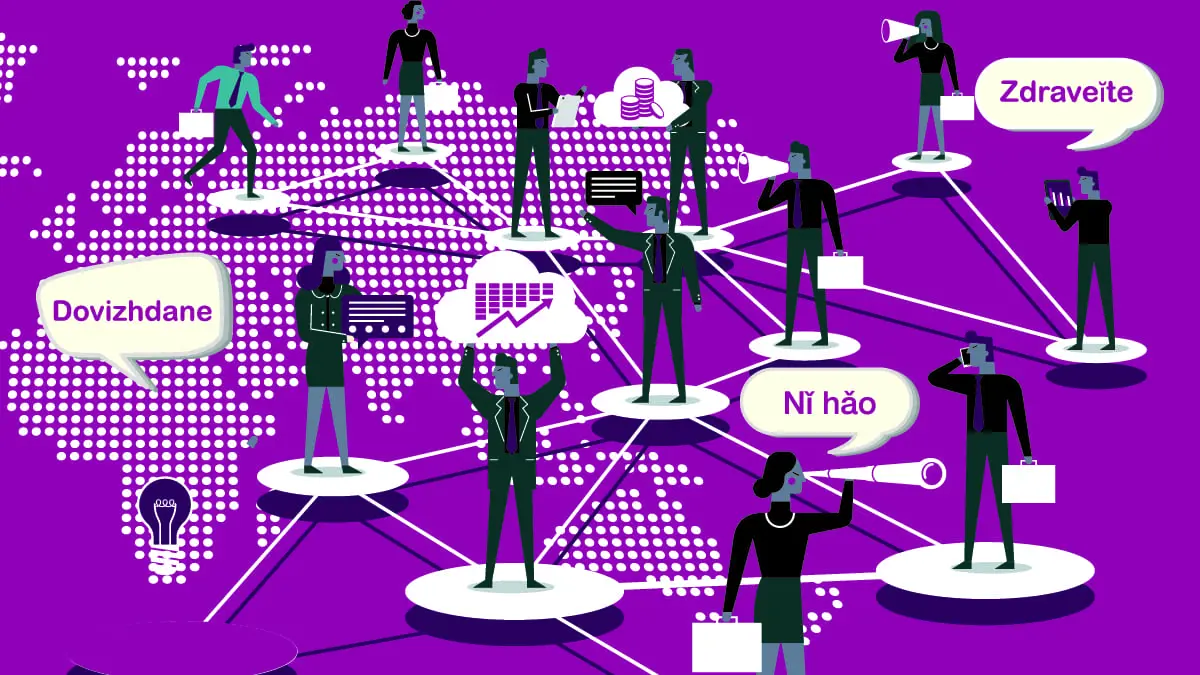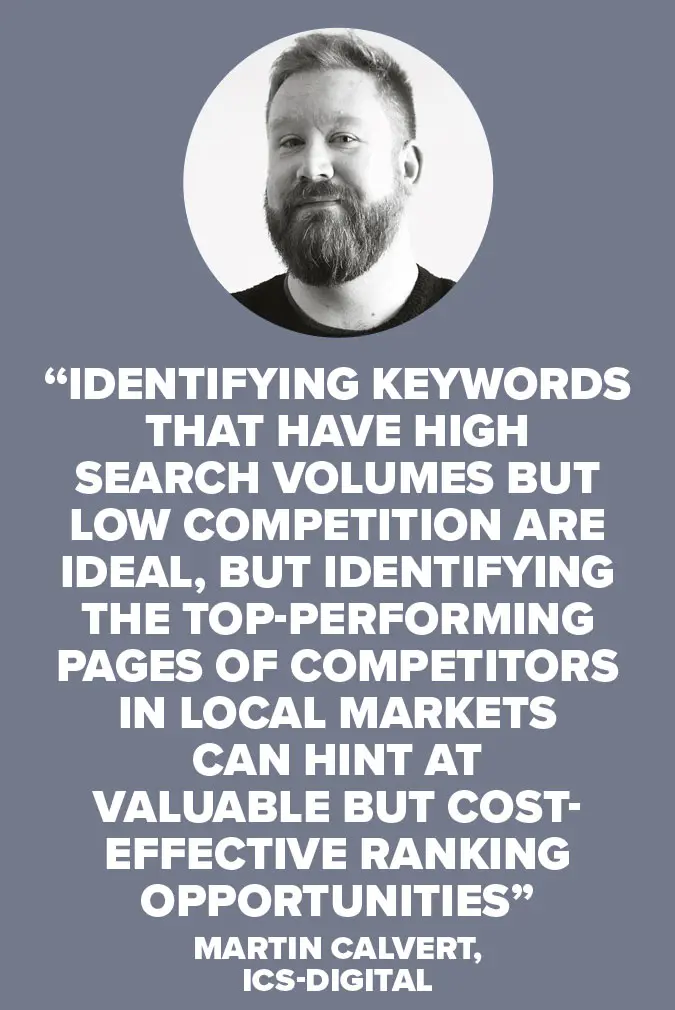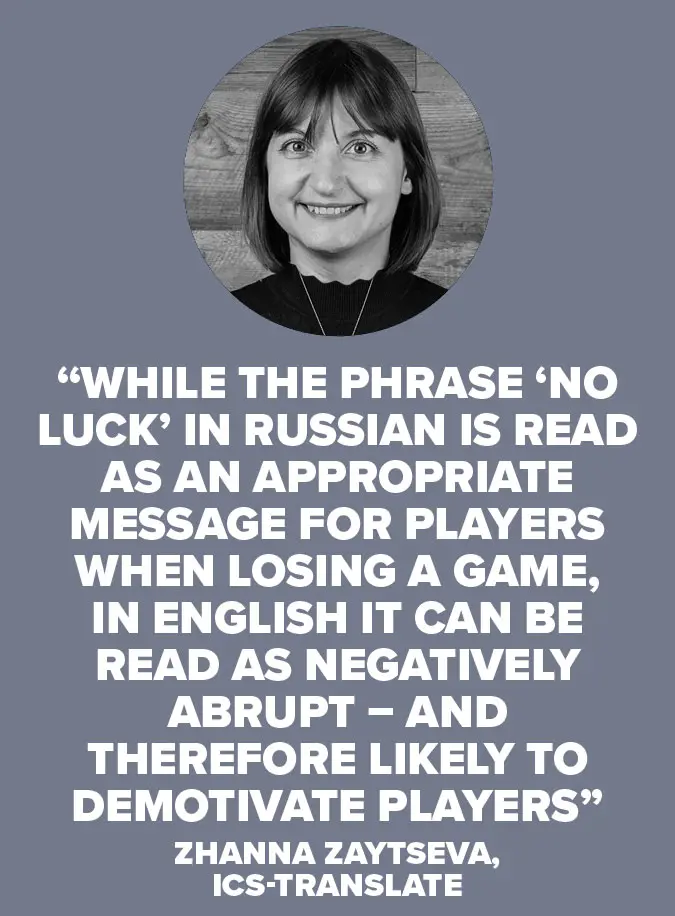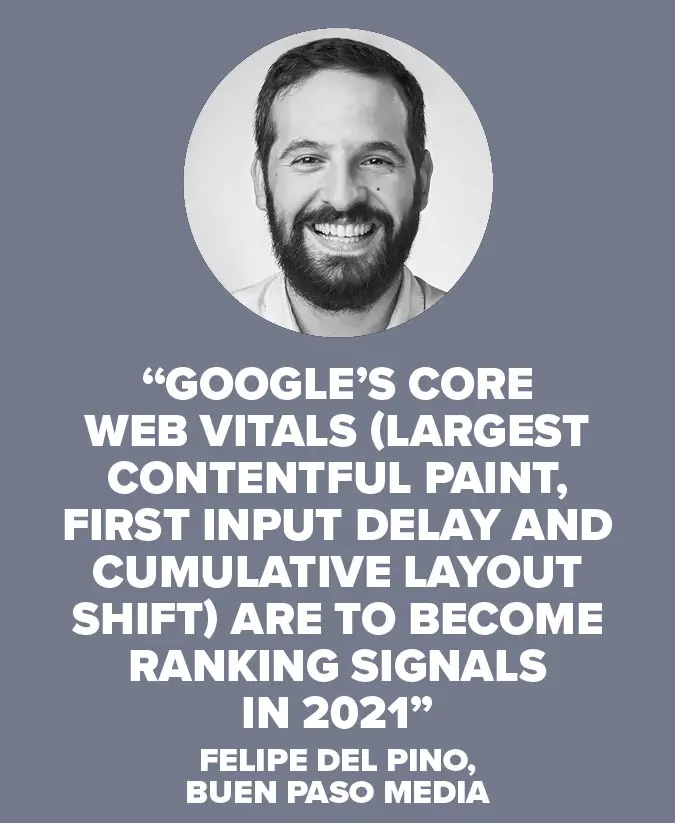

As gaming brands hunt around for profitable SEO opportunities, one area MARTIN CALVERT increasingly finds himself recommending to clients is highly targeted international expansion. Here he provides his six tips for localisation and attracting international traffic.
It’s fair to say that 2020 has been a challenging year for all industries and while many gaming brands experienced a boost from those seeking lockdown entertainment, the disruption to normal operations (and the brutal lack of sport) has of course caused significant pain. As we look towards the end of 2020 and into (hopefully) a more positive 2021, gaming SEO and marketing teams are frequently being asked to do more, with fewer resources. When gaming brands ask the
ICS-digitalteam to identify cost-effective SEO opportunities, the one we recommend most consistently is highly targeted, international expansion. This may seem counterintuitive as building an online presence in just one market can be costly – from platform and technology decisions through to building up domain authority (and rankings) through content and links, it takes a lot to become established.
1. PRIORITISE THE RIGHT MARKETS
As mentioned, going international can be more straightforward than you might think; if your site already has decent success in one market it’s likely you’ll be inadvertently picking up some rankings and traffic. To uncover markets that could be fruitful targets, it’s a simple step to investigate the language and location geo options within Google Analytics to identify countries and languages that are already represented in your traffic. Similarly, making use of third-party tools to identify what you rank for and where can help fill out the picture. If you already work at international scale, carrying out this simple process is a quick and easy guide to how well you’re doing, and if the strategy can be enhanced. Using your own data to inform future international SEO strategy is key – identifying not just traffic sources but what users do on your site in terms of time spent, pages visited and the features they engage with can help inform a strategy that is targeted, ambitious and practical. All that previous work put in to building up domain authority, establishing a brand and acquiring links forms a great basis to capitalise on international opportunities.2. DON’T TAKE INTERNATIONAL CUSTOMERS FOR GRANTED – COMMIT TO EFFECTIVE TRANSLATION
As exciting as it might be to uncover international opportunities, it’s also important not to take them for granted. Translation and localisation for multiple international audiences can lead to highly negative results if quality control is not present. Accuracy of translation isn’t enough – it’s vital that content is fully localised and responds to the search queries and transactional priorities of local players. Anyone who has walked the floor at international igaming events will have seen banners, flyers and screens displaying bizarre uses of language – and the situation online is even worse. Gaming is an industry with plenty of slang, jargon and highly specific terms so there’s plenty of scope for ‘literal’ translations to be completely wrong for local audiences. Worse than not translating at all, this type of content actively pushes players away and burns up trust. It’s especially disappointing to see poor translation in gaming given the potentially huge gains in traffic and conversions, and the (comparatively) low cost of locking in excellent translation. When we consider the sums spent on partnerships with international brand ambassadors, to get things wrong at this most fundamental stage due to lack of investment is really peculiar. Looking beyond the general accuracy of translation, cultural norms (particularly around the concept of luck) are a major reason why machine translation remains miles away from being a useful solution for gaming marketers – and of course this is the case for translationtoEnglish, as well as translationfromEnglish. As Zhanna Zaytseva, director of ICS-translate, points out: “While the phrase ‘no luck’ in Russian is read as an appropriate message for players when losing a game, in English it can be read as negatively abrupt – and therefore likely to demotivate players. In this case, the machine translation equivalent is therefore not appropriate. Instead, the human transcreation ‘better luck next time’ can be used to effectively localise the message for English-speaking players.” From formal vs informal language norms through to cultural meanings around numbers, phrasing and even colours, a successful international growth strategy depends upon applying local insight to tightly targeted strategies. Thomas Cassio Carvalhaes, Brazil and Latam territory manager for Hero Gaming emphasises the exact same point: “The biggest mistake is the one-size-fits-all approach. This is definitely a recipe for failure. There is an undeniable need to localise and regionalise Latam content per market and country as much as possible.If operators take the markets seriously, the markets will take them seriously too.”
3. DON’T MAKE ASSUMPTIONS ABOUT KEYWORDS
Following on from the above, it’s vital not to be casual about keywords. Literal translation isn’t sufficient, but the good news is that there have never been more tools available to conduct reliable keyword research. Misplaced research can lead to targeting keywords that are entirely unhelpful, as Frances Hockin from ICS-translate explains: “I recently came across a brand that had focused on blackjack guide content, with the phrase ‘dealer’ translated as the equivalent of ‘drug dealer’ in Spanish. Of course this is completely off the mark and would be a blocker for the guide appearing as a relevant result for any online searches for ‘blackjack dealer’ in Spanish.” From Google’s own Keyword Planner through to established platforms like SEMrush and Ubersuggest, it’s straightforward to understand both what is being searched for, and how your competitors in global markets rank. A good starting point is to uncover keywords that can inform your content, site structure and even calls to action. Identifying keywords that have high search volumes but low competition are ideal, but identifying the top-performing pages of competitors in local markets can hint at valuable but cost-effective ranking opportunities. Particularly in newly regulated markets, there can be scope to outperform competitors to take advantage of fresh opportunities. If your content is more tightly focused, more culturally relevant and (of course) backed up by more high-quality links, then there is real scope to push ahead. While looking to competitors and past examples of what works in different markets is valuable, it’s also important to have an eye on the future, so factor in the biggest upcoming topics in local markets. As Tiago Pereira, marketing director at Placard.pt says about LatAm: “Esports is going to be a big bet, casino too of course; fantasy is growing as well but we might see a new resurgence of bingo and other more casual betting games.” As ever in SEO, taking advantage of competitor shortcomings is a valuable approach but it has to be rooted in a full understanding of the true value of keywords, and the practicality of ranking for them.4. DON’T SKIP OPPORTUNITIES IN TECHNICAL SEO – AND BECOME FRIENDLY WITH HREFLANG TAGS
Hreflang attributes or tags are an essential asset that, when added to your site’s code, help to ensure that search engines understand the language used on each page, and consequently which pages to show visitors who search using this language. When there are multiple variations of the same page featuring different languages, it’s essential to give Google a helping hand to present the right content to the right audiences. Hreflang tags can even be used for variations of the same language, which is especially important when we consider international markets that are opening up, such as the US and countries across Latin America.